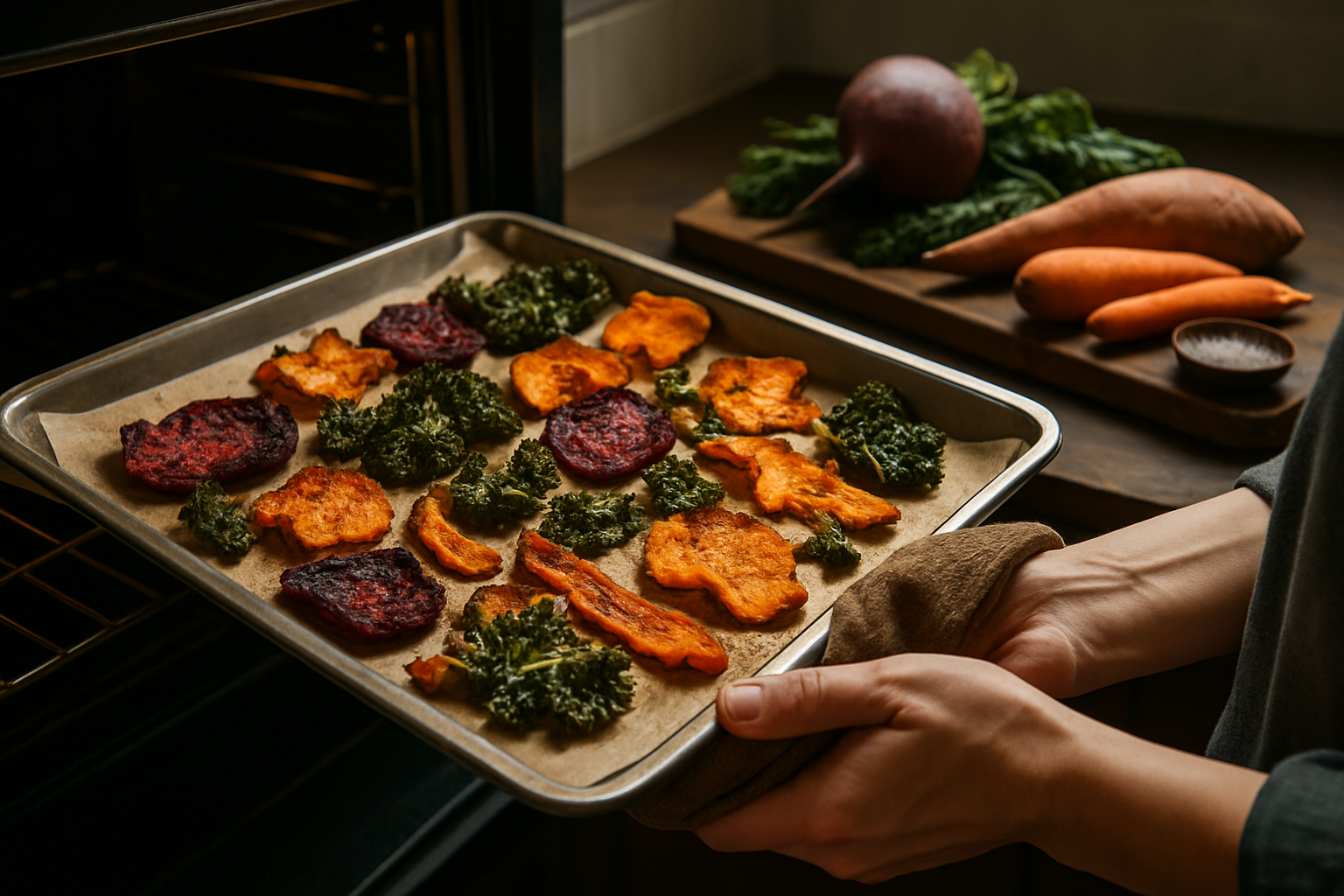Batch Cooking Templates to Stretch Plant Proteins Across the Week
Batch cooking can make plant-based eating more practical by turning a single weekend session into varied lunches and dinners all week. This article outlines templates and strategies to maximize proteins, use pantry staples, and keep weeknight meals interesting without repeating the same plate every day.

Batch cooking is a practical way to balance time, nutrition, and variety when building meals around plant proteins. With a few templates and smart use of pantry staples you can prepare large portions of legumes, whole grains, and tofu or tempeh that transform into varied weeknight meals. The approach below focuses on efficient meal planning, clear meal prep steps, and simple seasoning and substitutions so you can stretch protein-rich components across multiple dishes while supporting sustainability and flexible eating patterns.
This article is for informational purposes only and should not be considered medical advice. Please consult a qualified healthcare professional for personalized guidance and treatment.
How does meal planning help stretch proteins?
A focused meal planning session identifies one or two core cooked protein batches (for example: a pot of lentils and a tray of baked tofu) and maps them to five or six meals. Planning reduces waste and encourages creativity: allocate portions for salads, grain bowls, soups, and sandwiches. Use straightforward templates such as “Protein + Grain + Veg + Sauce” to mix and match. That structure simplifies shopping and ensures each plate meets nutrition needs by pairing proteins with fiber and healthy fats. Include pantry items like canned tomatoes, broth, and miso to multiply flavor options without extra cooking time.
What plant-based proteins work best for batch cooking?
Legumes (lentils, chickpeas, black beans), whole grains (farro, quinoa, brown rice), and soy products (tofu, tempeh) are particularly batch-friendly. They hold up well in refrigeration and reheat without losing texture. Cook large portions using a pressure cooker or stovetop for legumes, and roast or press tofu and tempeh in bulk for a versatile protein base. Canned beans can be rinsed and seasoned quickly for instant use. Store batches in airtight containers in measured portions so it’s easy to pull exactly what you need for a recipe, minimizing both food waste and decision fatigue during the week.
How to structure meal prep and use pantry staples?
Start by designating one day for cooking and one for simple assembly. Roast root vegetables and cruciferous vegetables together, cook a grain, and prepare at least one bean or lentil. Keep dressings, sauces, and pickles in jars to brighten dishes throughout the week. Pantry items—spices, canned goods, vinegars, and oils—are vital for variety: a jar of curry paste can turn a lentil batch into a curry, while tahini + lemon becomes a salad dressing. Label containers with contents and dates; rotate older batches to the front to avoid spoilage. Freezing single portions of some proteins or mixed bowls also extends usability for slow nights.
How to use seasoning and substitutions for variety?
Seasoning is the simplest tool to make the same proteins feel new. Basic seasoning profiles include Mediterranean (olive oil, lemon, oregano), East Asian (soy, sesame, ginger, garlic), Mexican (cumin, chili powder, lime), and Indian (turmeric, cumin, garam masala). Apply these profiles to a base protein to create distinct recipes. For substitutions: swap lentils for split peas in soups, use chickpeas instead of white beans in stews, or trade tofu for tempeh where a nuttier texture is preferred. Keep a list of quick swaps so you can adapt recipes to what’s in your pantry and meet dietary preferences.
How to balance nutrition for flexitarian eating patterns?
Flexitarian diets emphasize plant-forward meals while allowing occasional animal products. When stretching plant proteins it’s important to combine complementary foods: grains plus legumes (e.g., rice and beans) improve amino acid profiles, and including vitamin C-rich vegetables enhances iron absorption from plant sources. Add sources of healthy fats like avocado, nuts, or olive oil to support calorie needs and nutrient absorption. If tracking specific nutrients like B12 or iron, consult reliable nutrition resources or a healthcare professional. Balanced batch cooking should include colorful vegetables, whole grains, and protein portions appropriate to individual needs.
How to convert batches into quick weeknight meals?
Turn a single cooked batch into multiple recipes by planning specific transformations. Example template using cooked chickpeas: 1) mash with lemon, garlic, and herbs for a spread; 2) blend with olive oil and tahini into hummus; 3) toss with roasted vegetables and grain for a bowl; 4) simmer with curry paste and coconut milk for a curry; 5) pan-fry with spices to make chickpea patties. Create a simple reference sheet listing five conversions per protein so you can assemble weeknight meals in 10–15 minutes. Keep sauces and quick-cook sides on hand—frozen greens, quick-pickled onions, or microwavable grains—to speed plating.
Batch cooking templates make plant-based proteins more accessible and reduce the time pressure of daily cooking while supporting sustainability through reduced waste. By combining thoughtful meal planning, reliable pantry staples, intentional seasoning, and clear substitutions, you can expand flavor variety from a few core batches and create nutritious weeknight meals across the week.





